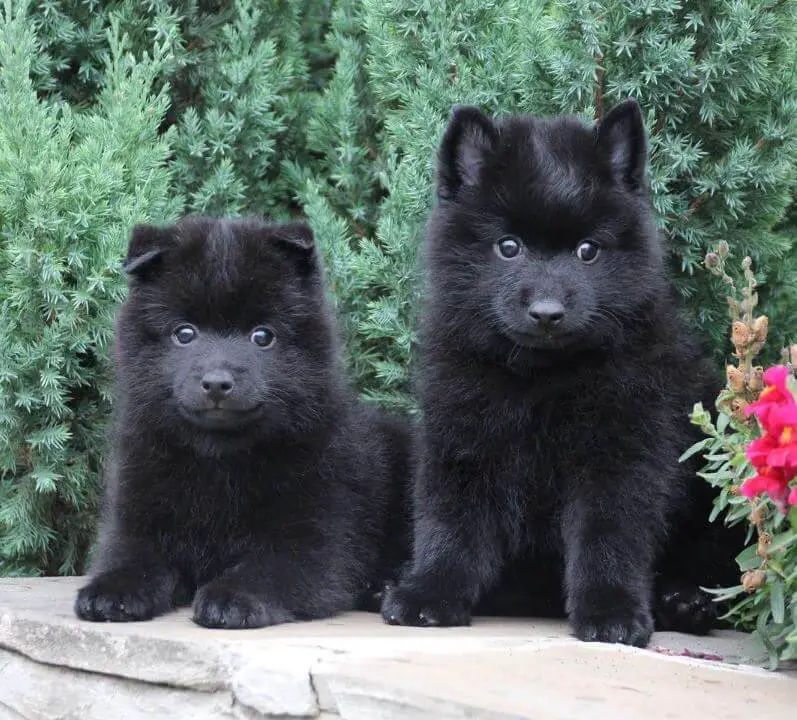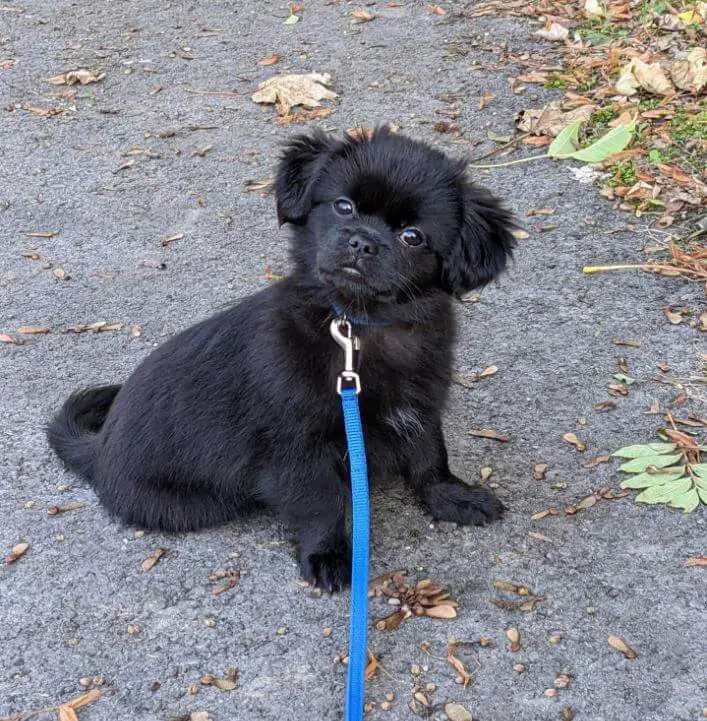Bringing a new puppy into your home is an exciting experience. As your puppy grows, you may notice that they go through a shedding phase where their fluffy coat starts to fall out. While shedding can be a bit messy, it’s a natural process that all puppies go through. In this informative article, we will explore the reasons behind puppy shedding and provide insights into how you can manage it effectively.

Understanding Puppy Shedding:
Shedding is the process where dogs naturally lose their old or damaged hair to make way for new hair growth. Puppies, like adult dogs, have different coat types that determine the amount and frequency of shedding. The primary reasons for puppy shedding are:
- Coat Transition: Puppies undergo a coat transition from their soft, fluffy puppy coat to their adult coat. This transition typically occurs between 4 to 6 months of age. During this time, the puppy coat is gradually replaced by the adult coat, leading to increased shedding.
- Hormonal Changes: Hormonal changes in puppies can also contribute to shedding. As their bodies mature, hormone levels fluctuate, triggering the shedding process.
- Seasonal Factors: Some breeds may experience seasonal shedding, commonly known as “blowing coat.” This occurs in response to changing daylight hours and temperature variations. Seasonal shedding is more prevalent in double-coated breeds.

Managing Puppy Shedding:
- Regular Grooming: Establish a consistent grooming routine for your puppy. Brushing their coat regularly helps remove loose hair and minimizes shedding around your home. Choose a brush or comb suitable for your puppy’s coat type.
- Proper Nutrition: Feed your puppy a balanced and high-quality diet. Good nutrition plays a vital role in promoting healthy skin and coat, reducing excessive shedding. Consult with your veterinarian to ensure your puppy’s diet meets their specific nutritional needs.
- Bathing: Bathe your puppy as needed using a gentle dog shampoo. Regular baths help remove loose hair and keep the coat clean, reducing shedding. However, avoid over-bathing, as it can strip the coat of essential oils, leading to dryness and increased shedding.
- Address Underlying Health Issues: Excessive shedding can sometimes be a sign of an underlying health problem. If you notice excessive or abnormal shedding, consult your veterinarian to rule out any medical conditions that may be causing it.
- Control Fleas and Parasites: Fleas and parasites can irritate your puppy’s skin, leading to excessive scratching and shedding. Use appropriate preventive measures, such as regular flea treatments, to keep your puppy free from these pests.
- Minimize Stress: Stress can contribute to increased shedding in puppies. Create a calm and stable environment for your puppy, providing plenty of exercise, mental stimulation, and positive socialization experiences to reduce stress levels.
- Accept the Shedding: It’s important to understand that shedding is a natural process, and some amount of hair around your home is inevitable. Embrace regular vacuuming and use pet hair removal tools to keep your living space clean.

Puppy shedding is a normal part of their growth and development. Understanding the reasons behind shedding and implementing appropriate grooming practices and care can help manage the process effectively. By providing proper nutrition, regular grooming, and a stress-free environment, you can help your puppy have a healthy and shiny coat. Embrace the shedding phase as a temporary inconvenience and enjoy the journey of watching your puppy grow into their adult coat.
